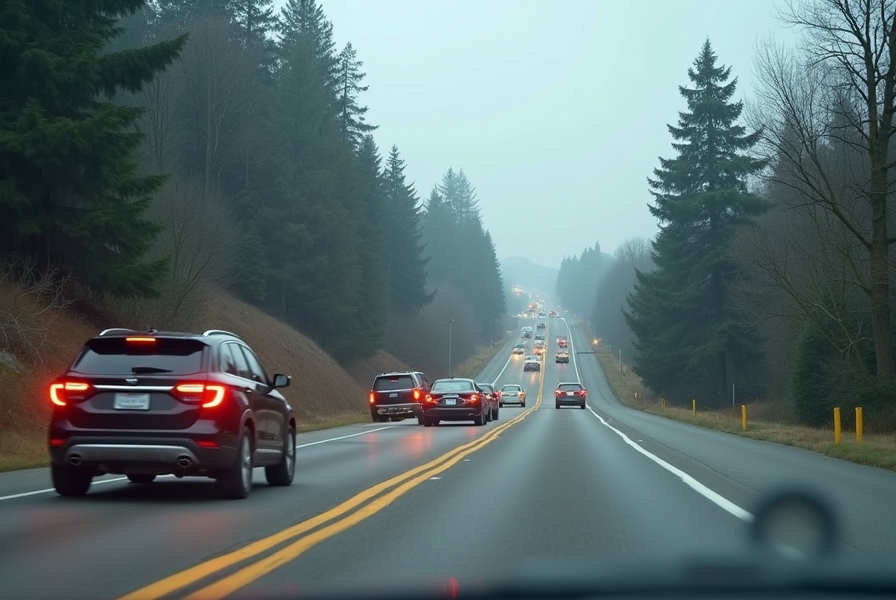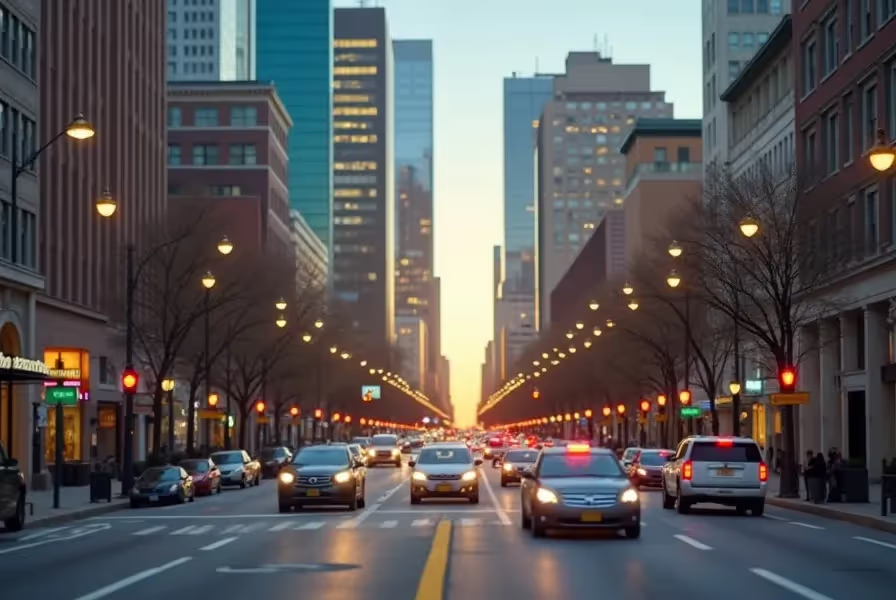Understanding Washington State Motorcycle Laws and Lane Splitting
If you're a motorcyclist in Washington State or planning a road trip through the Pacific Northwest, you might wonder about the rules for lane splitting. Lane splitting—often called white-lining or stripe-riding—is a driving maneuver where a motorcyclist rides between lanes of slow-moving or stopped traffic. This practice is common in some states, but is it allowed in Washington? Let’s explore the laws, safety concerns, and what you need to know before you ride.
What Is Lane Splitting?
Lane splitting means riding a motorcycle between two lanes of vehicles that are moving in the same direction. It usually occurs in heavy traffic, allowing motorcyclists to move ahead of vehicles stuck in jams. Some riders see it as a way to beat congestion and reduce travel time. Others believe it can help prevent rear-end collisions, especially when traffic suddenly stops.
- Lane sharing: Riding side-by-side with another motorcycle in the same lane
- Filtering: Moving between stopped vehicles at intersections
- Lane splitting: Traveling between lanes in moving traffic
Each term describes a slightly different maneuver. However, they’re often grouped together in road safety discussions.
Is Lane Splitting Legal in Washington State?
According to Washington motorcycle laws, lane splitting is currently not legal. The Washington State Legislature and the Revised Code of Washington (RCW 46.61.608) specifically address how motorcycles should be operated on public roadways. Here’s what you should know:
- Motorcyclists are not allowed to ride between lanes of traffic or rows of vehicles.
- It is against state law to pass another vehicle in the same lane, unless both are motorcycles riding two-abreast in a single lane.
- Only two motorcycles can share a lane side-by-side; cars and other vehicles are not included in this rule.
If you’re caught lane splitting in Washington, law enforcement may issue a traffic citation. Some insurance companies might also see lane splitting as a contributing factor in an accident, possibly affecting claims or coverage.
Lane Splitting Laws: Washington vs. Other States
Motorcycle laws vary widely across the United States. In California, lane splitting is explicitly legal and even encouraged in some situations by the California Highway Patrol. Oregon and Nevada have debated similar laws, but Washington still prohibits lane splitting. Here’s a comparison:
- California: Lane splitting is legal and regulated.
- Nevada and Utah: Allow lane filtering in limited situations.
- Oregon and Washington: Lane splitting is not legal.
Always check your state’s laws before using this maneuver, as penalties can differ between states and even municipalities.
Why Is Lane Splitting Illegal in Washington?
Lawmakers and safety advocates in Washington believe lane splitting increases the risk of accidents. The main concerns are:
- Reduced visibility: Drivers may not expect a motorcycle between lanes.
- Sudden lane changes: Vehicles may switch lanes unexpectedly, causing a hazard.
- Lack of clear rules: Unregulated lane splitting can cause confusion on the road.
Some riders argue that lane splitting helps prevent rear-end collisions. However, until there is enough data to show it can be done safely in Washington’s traffic environment, the law stands firm.
What Are the Risks and Penalties of Lane Splitting in WA?
If you’re considering lane splitting despite the risks, it’s important to know the possible consequences. Penalties can include:
- Traffic citation and fines
- Points on your driving record
- Increased insurance premiums
- Potential liability in an accident
Washington State Patrol and local police regularly monitor motorcycle traffic for violations, especially during peak riding months. Stay informed and ride safely to avoid unnecessary trouble with the law.
Are There Efforts to Legalize Lane Splitting in Washington?
Some motorcycle advocacy groups have pushed for a pilot program or law changes to allow lane splitting in certain situations. Bills have been introduced in Olympia, but none have passed as of 2024. Advocates argue that regulated lane splitting could be safer and reduce congestion, but opponents remain concerned about enforcement and safety for all road users.
How Should You Ride Safely in Washington Traffic?
Even without lane splitting, you can stay safe and make riding enjoyable. Here are some top tips:
- Observe all posted speed limits, stop signs, and traffic regulations.
- Always wear appropriate safety gear, including a DOT-approved helmet.
- Use your signals and position yourself for maximum visibility.
- Be patient during heavy traffic; never let frustration lead to risk-taking behaviors.
- Join a motorcycle safety course to learn defensive tactics specific to Washington State.
FAQ: Washington State Motorcycle Lane Splitting Laws and Safety
Is it illegal for motorcycles to ride between lanes in Washington?
Yes, lane splitting is illegal in Washington State. Motorcyclists are not allowed to ride between lanes of traffic at any speed or in any traffic condition.
Can two motorcycles ride side by side in the same lane in Washington?
Yes, two motorcycles may ride side by side in a single lane. However, no more than two motorcycles are allowed per lane, per the state law.
What should I do if I see a motorcyclist lane splitting in Washington?
If you see a motorcyclist lane splitting, give them plenty of space. While it's illegal, do not try to block or confront them. Focus on your own safe driving and, if necessary, report any dangerous behavior to authorities.
Are there any ongoing discussions about making lane splitting legal in WA?
Yes, there have been attempts to introduce bills in the Washington State Legislature to legalize lane splitting in limited situations. So far, none have passed.
What are the best alternatives to lane splitting for riders in Washington?
To get through traffic safely, stay in your designated lane, maintain a safe following distance, and use side streets or alternate routes when possible. Always prioritize visibility and patience during traffic congestion.
Keeping Up With Washington State Motorcycle Laws
Motorcycle laws can and do change. Stay up to date with Washington State Department of Transportation announcements, and always check for the latest updates before your ride. Being informed not only keeps you legal, it also keeps you and those around you safer on the road.











.svg)



